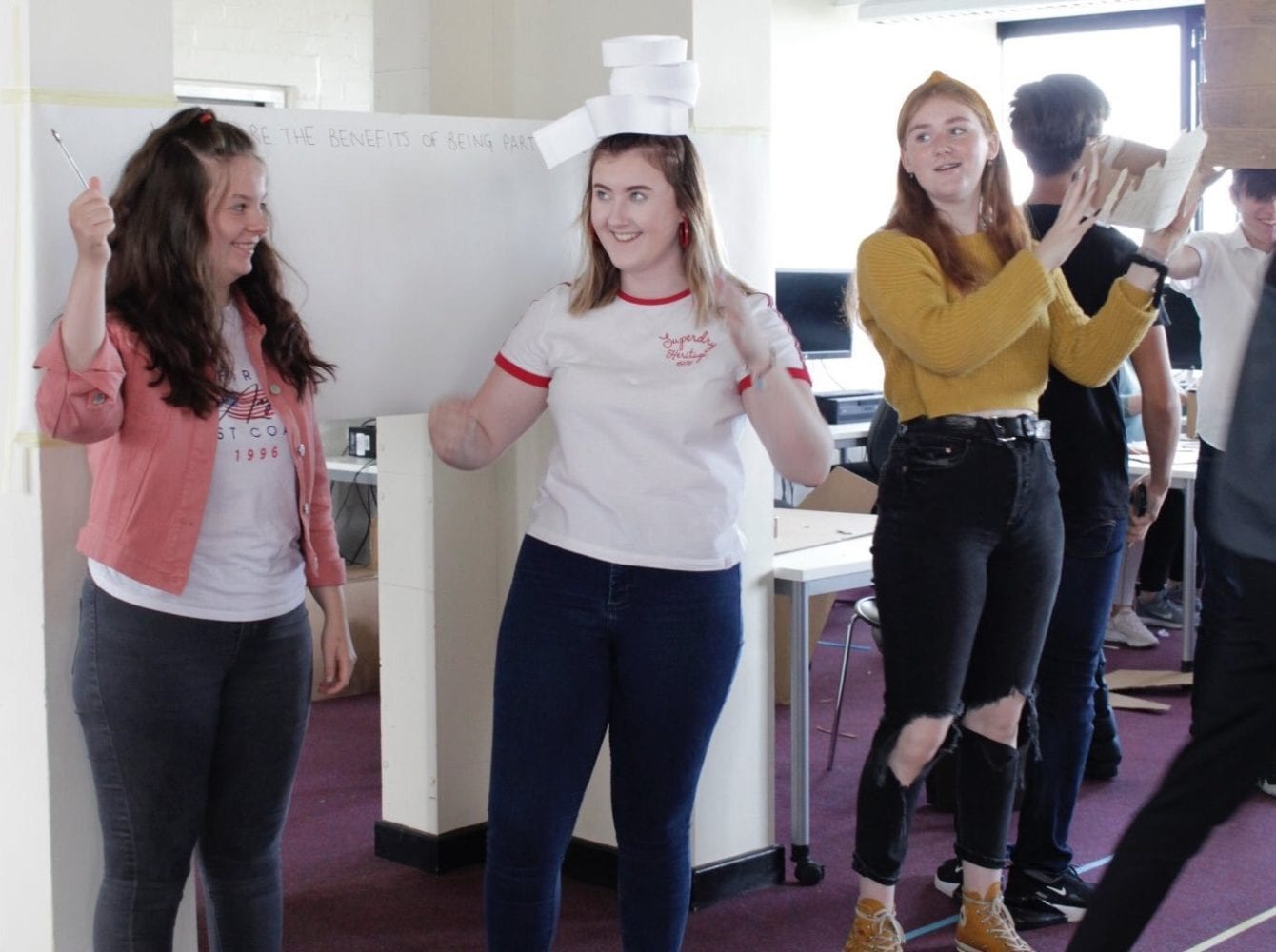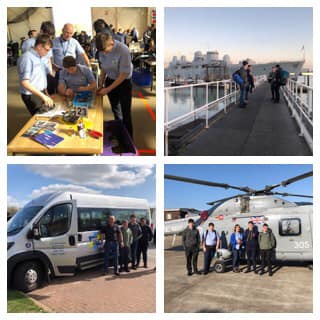
By Lilly Collins – Year 12 Student at UTC Warrington
PLACED Academy is a year long Architectural Course, in Liverpool that students can apply to when in the VI Form, running alongside other academic studies. Participants experience architecture and the built environment in multiple ways and aims to broaden the horizons within all aspects of Art and Architecture.
Four students from UTC Warrington are fortunate to have obtained a place on the course, which started as a week long introduction workshop in the summer holidays. I had to travel by train to get there but in the end it was worth it. Throughout the summer school I interacted with people around my age and worked in random groups to solve certain problems. This helped me with my teamwork skills. The activities involved us thinking about multiple aspects of the subject and how this affects the community and how it can be solved through architectural solutions.
Our first tasks involved working in larger groups on small activities; this helped with us with not only getting to know each other but also allowed us to get to know the teaching staff, all of whom are trained architects or architectural students. The expectation was that we would be able to work independently in groups and the staff would act as mentors, asking questions and challenging our ideas.
Over the course of the week we were asked to problem solve within certain areas of Liverpool City region – exploring different aspects including the existing buildings, population, criminal activity, urban growth and deprivation we were tasked with creating an impact. We had to to generate reports, create models and draw plans to demonstrate ours ideas. Then after summarising the project we presented it in front of the other groups (our peers) and then towards the end we were able to give feedback and looked at what everyone else had produced.
This all helped me feel more comfortable with my peers and helped me work stronger in a team. Our next activity is in Liverpool next Saturday and we are all looking forward and feel privileged to be part of something so beneficial to our learning.

